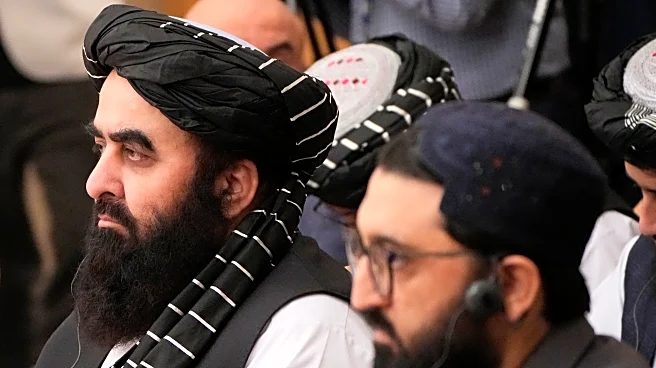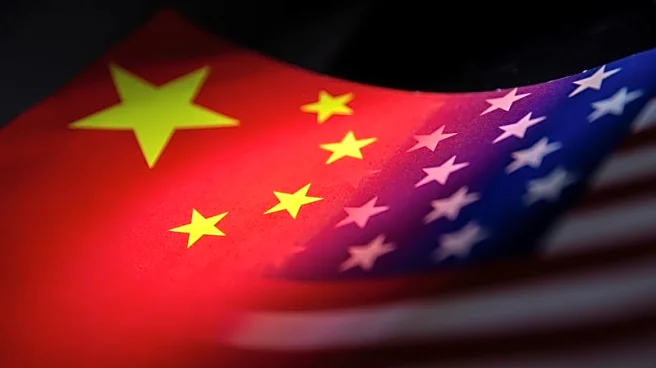What's Happening?
An exhibition in Beijing exploring Xinjiang heritage has been criticized by a group of artists, curators, and gallerists from Xinjiang for cultural appropriation and misrepresentation. The exhibition, titled 'Greetings,' featured the work of Beijing-based artist Dan Er and focused on her travels through Xinjiang. Critics argue that the exhibition reinforced ethnic stereotypes and made factual errors about Xinjiang culture. The anonymous Xinjiang collective, Yixak, claims the exhibition team lacked familiarity with the culture it aimed to represent. The exhibition incorporated Uyghur dance, architecture, and textile patterns, but allegedly conflated the cultures of Xinjiang's ethnic groups and mislabelled traditions. The controversy has sparked a cross-disciplinary, multi-ethnic discussion about cultural representation and appropriation.
Why It's Important?
The criticism of the Beijing exhibition highlights ongoing tensions surrounding cultural representation and appropriation, particularly in regions with complex ethnic dynamics like Xinjiang. The exhibition's portrayal of Xinjiang culture has raised concerns about the accuracy and sensitivity of cultural depictions in art. This controversy underscores the importance of involving local communities in cultural projects to ensure authenticity and respect for diverse traditions. It also reflects broader issues of cultural appropriation in the art world, prompting discussions about the responsibilities of artists and institutions in representing marginalized cultures.
What's Next?
The controversy may lead to increased scrutiny of cultural exhibitions and projects in China, particularly those involving ethnic minority cultures. It could prompt art institutions to adopt more inclusive practices and engage with local communities to ensure accurate representation. The discussion around cultural appropriation may influence future exhibitions and artistic collaborations, encouraging greater sensitivity and awareness of cultural dynamics. The situation may also inspire advocacy efforts to protect and promote the cultural heritage of Xinjiang's ethnic groups.
Beyond the Headlines
The criticism of the exhibition raises deeper questions about the role of art in cultural representation and the ethical considerations involved in depicting marginalized communities. It challenges the art world to reflect on its practices and the impact of cultural appropriation on minority groups. The controversy may contribute to broader conversations about identity, diversity, and representation in contemporary art, influencing how cultural narratives are constructed and perceived.












